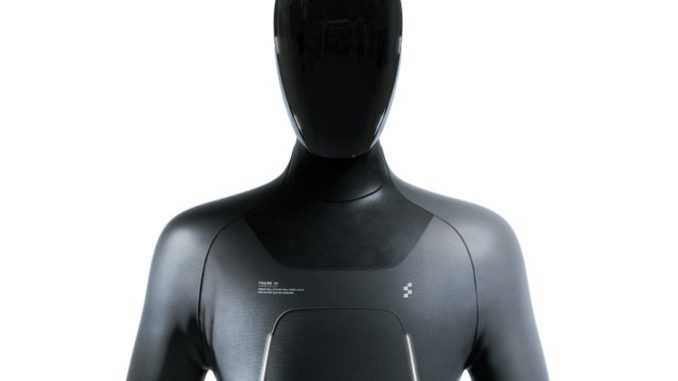
Humanoid robots are one of those ideas that never truly goes out of style — it does, however, tend to ebb and flow across the decades. Whatever you happen to think about the project or the company that built it, Tesla’s Optimus prototype has revived the conversation around the form factor and efficacy and viability of general-purpose robots. Boston Dynamics founder Marc Raibert told me in an interview this week, “I thought that they’d gotten a lot more done than I expected, and they still have a long way to go.”
It’s also reopened the debate. When I spoke to Playground Global partner Peter Barrett last week, he was quick to point out that our bodies aren’t exactly the hallmark of efficiency or product design, even if they made us sufficiently capable of outsmarting or out-running a wooly mammoth back in the day. The flip side of that conversation certainly makes sense however: We built our environment with us in mind, so it follows that we’d make robots in our image to perform our jobs.
Figure, which comes out of stealth this week, is very much in the second camp. Back in September, we broke the news of the startup’s existence. Founded by Archer co-founder Brett Adcock (who has also funded the company to the tune of $100 million), the startup is spending lot of time and money to build a general-purpose bipedal humanoid robot. It’s not an easy dream in any respect, of course. That no one has yet managed to crack the code certainly isn’t for lack of trying.
“The team is ex-Boston Dynamics, Tesla, Apple SPG, IHMC, Cruise [and Alphabet X]. Collectively we align on building a better future for humanity through the intersection of AI and robotics,” Adcock tells TechCrunch. “We’ve been fortunate to hire the best in the world at specific skill sets in AI, Controls, Electrical, Integration, Software and Mechanical Systems. The team believes we’re at a point where we can commercialize robots that have primarily been R&D over the last two decades. This is something a lot of our team has dreamt about doing for a long time.”
